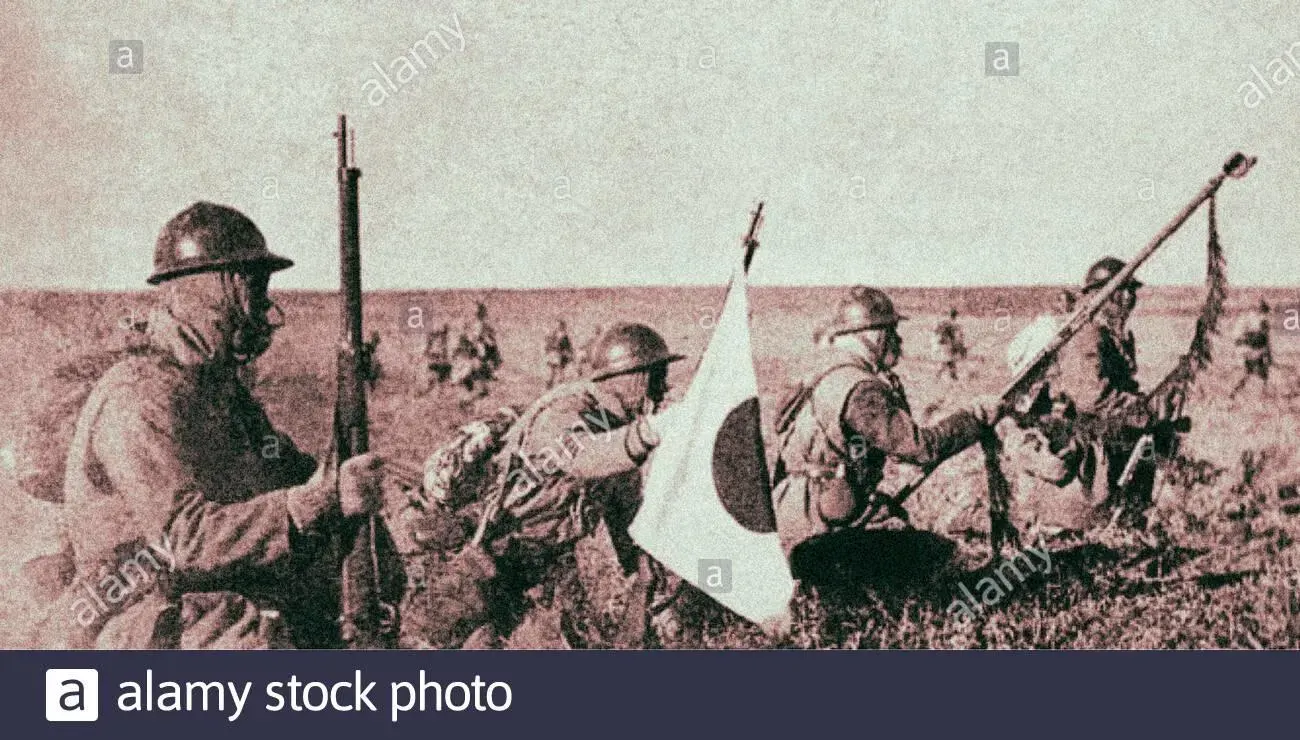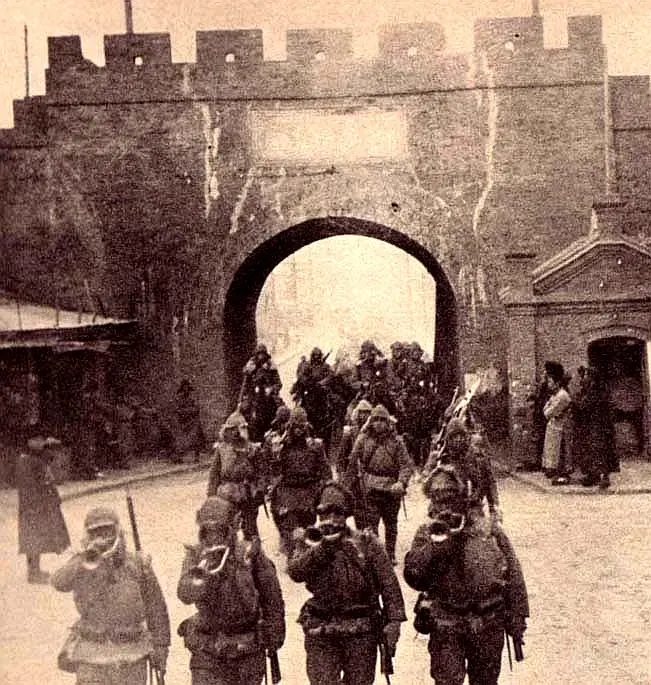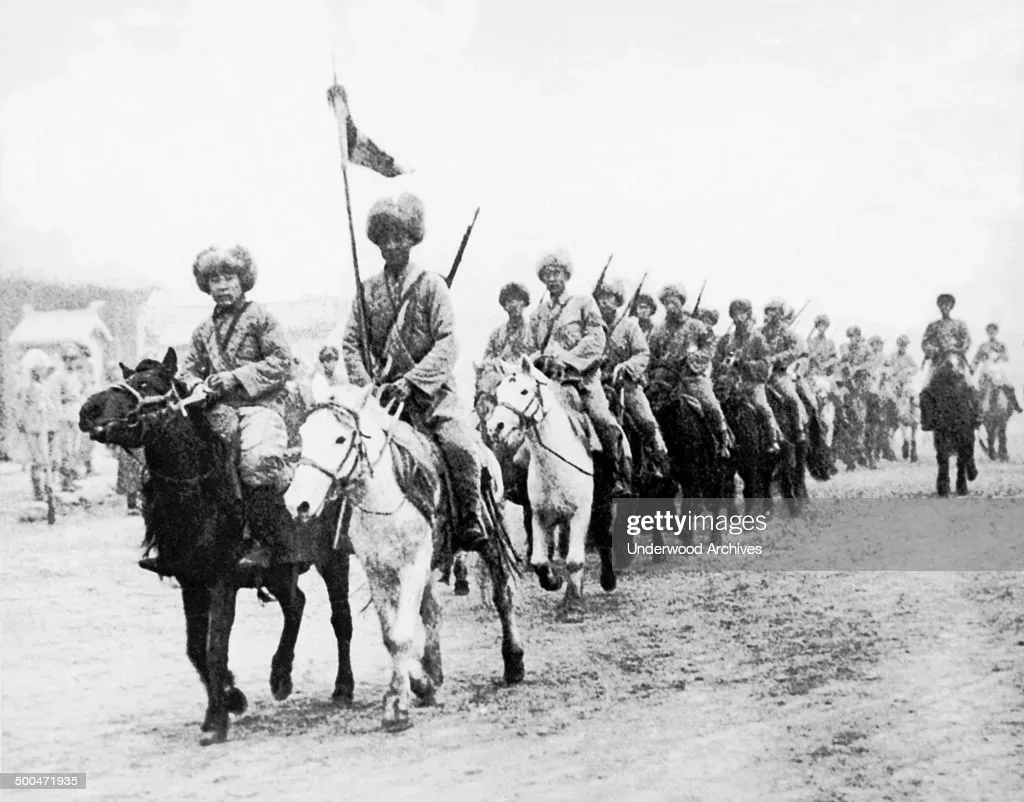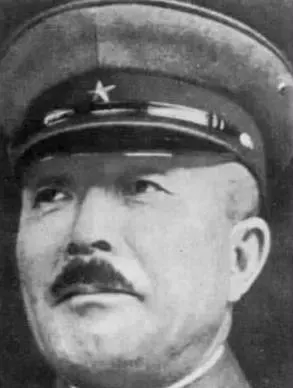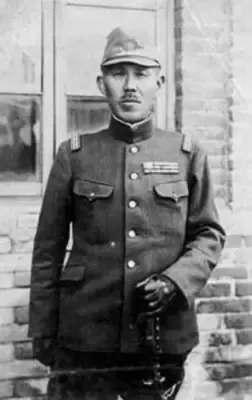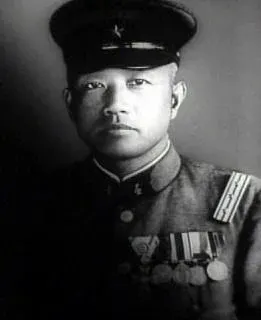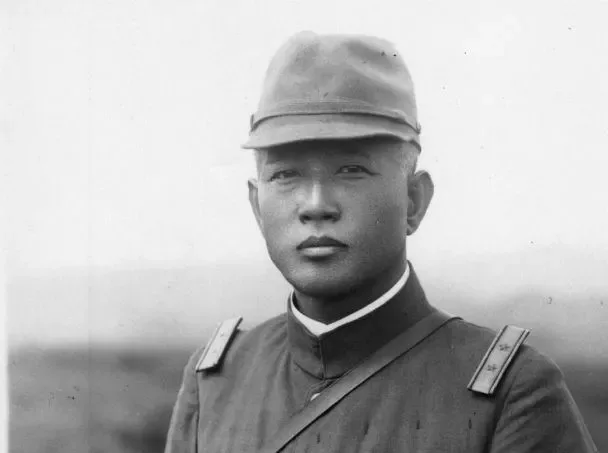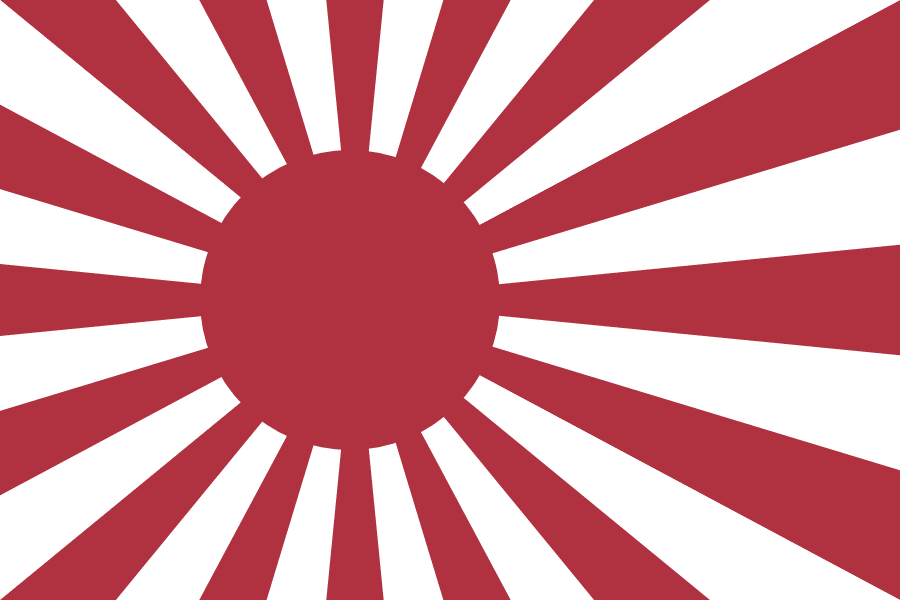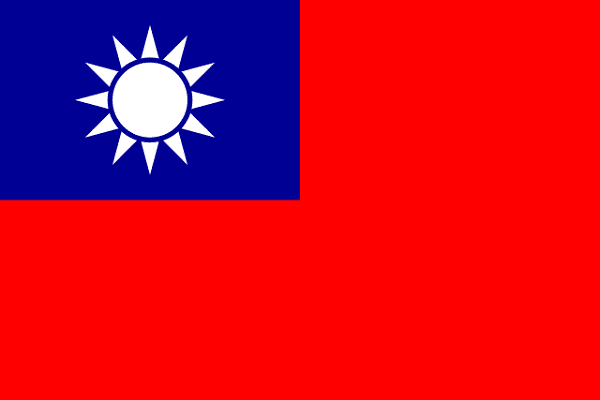The Battle of Manchuria (The Invasion of Manchuria by Japan) = (The True Beginning of World War II) = Version by English
The Battle of Manchuria (The Invasion of Manchuria by Japan) = (The True Beginning of World War II)
| ||
Almost everyone, think and understand , that the Second World War started in the year 1939 , but I will prove today , that the Second World War started in the time of 1939 , when Japan invaded Manchuria , in the year 1931.Therefore , today we must talk about Japan's attack on Manchuria (China) , during the Second World War. | ||
The Japanese Attack on Manchuria began on September 18, 1931 , when the Kwantung Army of the Empire of Japan attacked Manchuria immediately after the Mukden Incident.At the end of the war , in February 1932 , the Japanese founded the Manchu Province of Manchukuo. | ||
The occupation lasted until the action of the Soviet Union and Mongolia with the Strategic Offensive Operation of Manchuria in mid-August 1945. | ||
Accepting that containment in Manchuria would be a great advantage for Japan , and acting in the soul of the Japanese Idea of Gekokujō , Army Colonel Kwantung Seishirō Itagaki and Lieutenant Colonel Kanji Ishiwara devised an arrangement to induce Japan to attack Manchuria, establishing a false banner instance for the intrusion disguise. | ||
The arrangement was carried out when First Lieutenant Suemori Komoto of the Independent Garrison Unit of the 29th Infantry Regiment , which guarded the South Manchuria Railway , placed explosives close to the tracks , but far enough away to cause no genuine damage.At around 10:20 pm (10:20 pm) on September 18 , the explosives exploded , however , the explosion was small and only an area of 1.5 meters on one side of the grid was damaged. | ||
Truth be told , a Changchun train passed through this damaged track without problems and appeared in Shenyang at 10:30 pm (10:30 pm).On the morning of September 19 , two assembled cannon pieces presented at the Mukden officers' club began firing at the nearby Chinese post , in light of the alleged Chinese attack on the railway route. | ||
The small armed forces based on Zhang Xueliang's aviation were destroyed and their fighters escaped from their annihilated military quarters at Beidaying , while 500 Japanese soldiers attacked the Chinese post of about 7.000 Chinese military personnel. | ||
Chinese Soldiers were not counterparts to talented Japanese Soldiers. | ||
At night, the battle ended, and the Japanese involved Mukden at the expense of 500 Chinese daily kills and just two Japanese kills , thus initiating the most notable invasion of Manchuria.Using the maintenance of the Nen River bridge as affection , the Japanese sent a maintenance team in early November under the safety of Japanese soldiers. | ||
The battle was fought between the Japanese Powers and troops loyal to the acting legislative head of Muslim General Ma Zhanshan of the Heilongjiang area , who decided to challenge the Kuomintang government's ban on further protection against Japanese intrusion. | ||
Despite his inability to hold the scaffold , General Ma Zhanshan became a public legend in China for his obstruction on the Nenjiang Bridge , which was widely advertised in the Chinese and World Press. | ||
The exhibition encouraged more volunteers to enroll in the Anti-Japanese Volunteer Armies. | ||
Fixed scaffolding made the development of the Japanese Powers and their reinforced trains conceivable. | ||
Extra soldiers from Japan , notably the Fourth Joint Brigade of the Eighth Division , were dispatched in November. | ||
On November 15 , 1931 , despite losing more than 400 men and 300 wounded since November 5 , General Ma refused a final Japanese offer to give up Qiqihar. | ||
On November 17 , in freezing weather , 3,500 Japanese Soldiers, under the orders of General Jirō Tamon, mounted an attack , arresting General Ma of Qiqihar on November 19 , and definitively conquering the region of Manchuria in China. | ||
| ||
| ||
| ||
| ||
| ||
| ||
| ||
| ||
|
